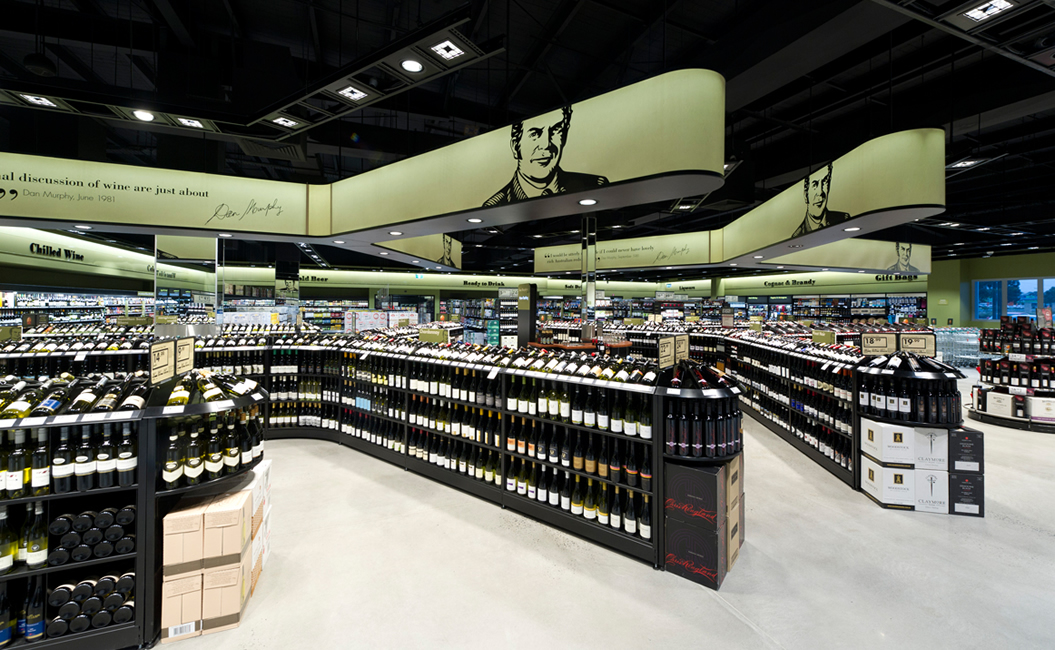Five years ago, Dan Murphy’s was taking a ‘spray and pray’ approach to digital marketing, with teams spending up to 70 hours of manual labour per email and seeing limited results. Today, the retailer uses automation to concentrate on a smaller number of customers for a higher return.
This is a journey the alcohol retailer has been on for about three years, with a greater focus on personalisation developing over the past 12 months, senior customer lifecycles manager Max Harris Brassil told RetailBiz.
“[Personalisation] is what customers really expect from online brands; they want an ongoing relationship,” he said. “That’s the North Star we’re constantly heading towards.”
Over the past year Dan Murphy’s has brought its instore and online purchase data together, giving each customer a propensity score for a particular product (for example Pepperjack shiraz), category (red wine) and segment (shiraz) that takes into account things like purchase volume, frequency and price elasticity.

Dan Murphy’s has brought its instore and online purchase data together.
Where the retailer once used a ‘spray and pray’ approach—sending an email to a million people on Monday and the same million on Tuesday, Wednesday, etc.—thanks to automation it can now target the right 100,000 customers, at the right time, with the right products and content, including personalised subject lines.
“The email essentially writes itself, with products ordered in order of a customer’s propensity to buy that item—it’s completely personalised and the possibilities are endless,” said Harris Brassil.
“This has led to an increase in open rates by roughly 53 per cent. And, towards our strategy of greater personalisation, we have reduced our audience size by about 72 per cent, while revenue has increased about 25 per cent—it’s a smaller group of people but more money.”
Dan Murphy’s is also starting to use data and automation in its content marketing, serving customers curated experiences through its emails, which Harris Brassil describes as a ‘magazine’ that includes extra material like recipe suggestions based on what people purchase.
Harris Brassil said this is what gives Dan Murphy’s an edge on its competitors, including a potential new competitor in the form of Amazon Australia, as it helps to position the brand as a drinks expert rather than just a retailer.
Taking this content marketing approach has been successful—around 9 per cent of customers make a purchase after clicking on additional content.
“We always want to include additional content in our emails, not just product and price information… We’re giving you something to read and showing you the products that are on special, but also offering a food match [and] customers are viewing that content and purchasing based on that.”

Dan Murphy’s’ emails include extra content.
For other retailers that want to improve their digital marketing strategies, Harris Brassil kept his advice simple—start somewhere. Dan Murphy’s began with a very manual process but the benefits of personalising its campaigns were undeniable, even at that level.
“In our business, because we’re digital and instore, we have to take the rest of the business on the journey with us.
“Starting somewhere means you can prove the concept and be confident that your approach will get results.”
Sign up to the RetailBiz newsletter.

